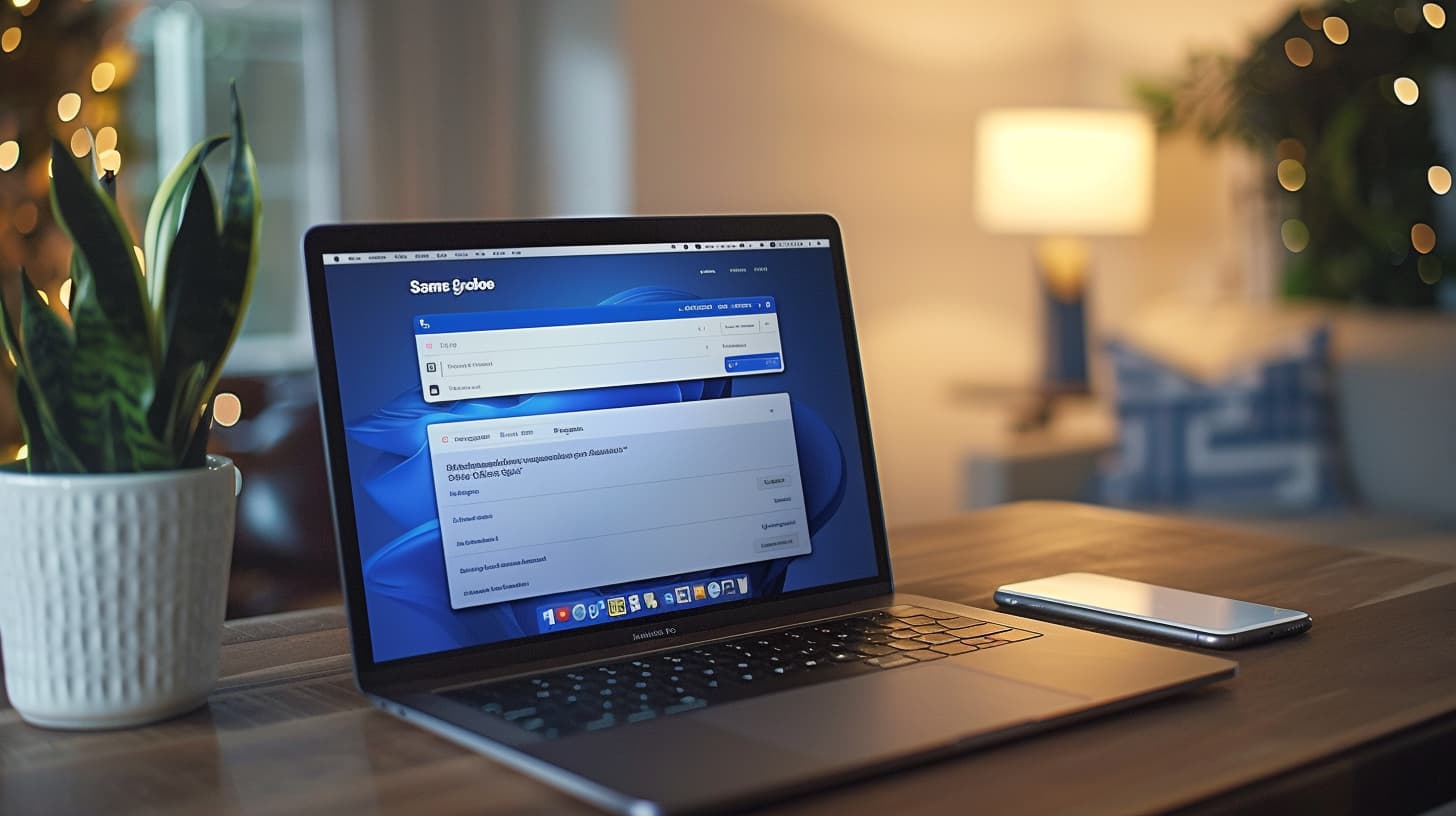Imagine the ease of slipping a money order into an ATM slot for a quick deposit, but can you actually do it hassle-free?
The convenience of depositing money orders at ATMs sparks curiosity, and the process may hold surprises you weren’t aware of.
Before you make your way to the nearest ATM with a money order in hand, there are crucial details and considerations you should be aware of to ensure a smooth transaction.
Stay tuned to uncover the ins and outs of depositing money orders at ATMs to make informed decisions that align with your financial needs.
Money Order Deposits in ATMs
When depositing a money order in ATMs, some banks like Bank of America and Chase allow this convenient service. Money order deposits at ATMs involve submitting the money order directly into the machine for processing.
It’s essential to be aware of potential fees associated with this service, as they can vary depending on the bank. These fees are typically outlined in the bank’s fee schedule, so it’s wise to review this information beforehand.
Processing times for money order deposits at ATMs may also vary, meaning there could be a delay before the funds are available for withdrawal. However, rest assured that security measures are in place to safeguard your transaction.
Verification processes and the presence of ATM cameras help ensure the accuracy and safety of money order deposits at ATMs. By understanding the deposit process, fees, processing times, and security measures, you can make the most of this convenient banking service.
ATM Deposit Limit for Money Orders
Considering the varying ATM deposit limits for money orders set by different banks, it’s important to be aware of the specific limits associated with your account. ATM deposit limits for money orders can range from $500 to $10,000 per day, depending on the financial institution.
Some banks may also impose monthly limits for money order deposits, typically between $1,500 to $3,000. These limits are often influenced by the type of account you hold, such as checking accounts. Certain banks or credit unions may have daily restrictions on money order deposits to prevent fraud or misuse.
To ensure you stay within the set limits, it’s advisable to check with your bank or credit union for precise details on ATM deposit limits for money orders. By understanding and adhering to these limits, you can effectively manage your cash deposits and transactions through ATMs.
Bank Policies on Money Order Deposits
When considering bank policies on money order deposits, it’s essential to be aware of ATM deposit limits and any verification requirements they may have in place.
Some banks might have specific rules on the maximum amount you can deposit per day via an ATM using a money order. Checking with your specific financial institution is crucial to understanding their specific guidelines for money order deposits at ATMs.
ATM Deposit Limits
You may encounter varying ATM deposit limits for money orders depending on the specific bank you use, with daily ranges typically falling between $1,000 to $10,000.
Some banks may set monthly limits for money order deposits at ATMs, usually ranging from $3,000 to $10,000.
Certain account types or customer statuses could qualify you for higher deposit thresholds for money orders at ATMs.
It’s essential to be aware that banks might require additional verification for large money order deposits surpassing specific limits.
To obtain detailed information about ATM deposit limits for money orders, it’s advisable to consult your financial institution.
Understanding these policies can help you manage your money order deposits efficiently and make the most of your banking experience.
Verification Requirements
To ensure the secure processing of money order deposits at ATMs, banks implement specific verification requirements, including scanning the money order and confirming the deposit amount for accuracy and security. This verification process is crucial in maintaining the integrity of financial transactions and safeguarding against potential discrepancies.
ATM cameras and transaction records are utilized to verify the legitimacy of money order deposits, enhancing the overall security measures in place. If you encounter any discrepancies or issues with your money order deposit at an ATM, promptly contact your financial institution for assistance.
Adhering to these verification requirements not only ensures the accuracy of your transactions but also reinforces the security protocols of the ATM deposit process.
| Verification Requirements | Scanning Money Order | Confirming Deposit Amount | Security Measures |
|---|---|---|---|
| Yes | Yes | Yes | Enhanced |
Process of Depositing Money Orders
To deposit a money order at an ATM, simply insert your ATM card and enter your PIN to begin the transaction. Select ‘Deposit’ on the ATM screen to kickstart the process. Then, choose the account where you want the money order funds to be deposited.
Follow the on-screen instructions carefully to securely insert the money order into the ATM. Confirm all deposit details and wait for the transaction to complete for a successful money order deposit. It’s essential to ensure that you follow each step accurately to guarantee a smooth deposit process.
Availability of Funds From Money Order Deposits
After depositing a money order at an ATM, the availability of funds for withdrawal may not be immediate. Processing times for money order deposits vary based on individual bank policies. Some financial institutions may require verification before releasing funds from a money order deposit.
It’s crucial to retain the money order receipt until the deposit reflects in your account. In case of any delays in the availability of funds from a money order deposit, promptly contact your bank for assistance. Understanding your bank’s specific procedures can help you manage expectations regarding when the funds will be accessible for withdrawal.
Stay informed about the processing times associated with money order deposits to avoid any surprises. Remember that bank policies play a significant role in determining when you can access funds from a deposited money order.
Using Non-Bank ATMs for Deposits
Consider checking with non-bank ATM operators for their money order deposit capabilities before making a deposit to ensure a smooth transaction experience. Non-bank ATMs, especially those located in retail stores or off-site locations like malls, may have different deposit policies compared to traditional bank ATMs.
Some off-site ATMs, such as Allpoint-enabled ATMs at Kroger Family of Stores, offer the option to deposit money orders. However, the availability of money order deposits at non-bank ATMs can vary, so it’s crucial to inquire beforehand.
Specific non-bank ATM operators might have varying rules and processes for handling money order deposits, so it’s wise to be informed. By understanding the policies of non-bank ATMs regarding money order deposits, you can make informed decisions and potentially avoid any inconvenience when attempting to deposit funds.
Be proactive in researching the capabilities of non-bank ATMs to ensure a seamless deposit experience.
Benefits of ATM Money Order Deposits
Enjoy the convenience and efficiency of depositing money orders at ATMs for quick and secure fund transfers to your account. ATM money order deposits offer a range of benefits that cater to your financial needs.
Firstly, they provide unparalleled convenience, allowing you to skip long teller lines and make deposits at any time, day or night. The accessibility of ATM money order deposits goes beyond traditional bank hours, enabling you to manage your finances on your schedule.
Moreover, these transactions are secure and automated, ensuring the safety of your funds. With some ATMs offering instant availability of funds from money order deposits, you can promptly access the money you’ve added to your account.
Embrace the ease and peace of mind that come with utilizing ATM money order deposits for seamless and efficient banking transactions.
Frequently Asked Questions
Can I Deposit a Money Order in an Atm?
Yes, you can deposit a money order in an ATM. Simply insert your card, choose ‘Deposit,’ select the account, insert the money order, and confirm. Some ATMs may charge fees, and processing times vary. Check with your bank for specific rules.
Can I Deposit a Money Order at an ATM Chase?
Yes, you can deposit a money order at a Chase ATM. The process may take about four days for the funds to clear. It’s a convenient way to securely deposit money orders for future access to funds.
Can You Deposit a Money Order at an ATM Bank of America?
Yes, you can deposit a money order at a Bank of America ATM. It typically takes around four days for the deposit to clear. Bank of America doesn’t accept mobile money order deposits anymore but allows ATM deposits.
How Can I Cash a Money Order Instantly?
To cash a money order instantly, visit banks, retail stores, or check-cashing locations that offer immediate services. Bring the money order, pay a fee, and receive cash on the spot. Ensure you have a valid ID for the transaction.
Conclusion
In conclusion, depositing a money order at an ATM can be a convenient and secure way to add funds to your account. Be sure to check with your bank or credit union for their specific policies and fees.
By following the on-screen instructions and verifying the deposit details, you can quickly access your funds once the transaction is complete. Consider the benefits of using ATMs for money order deposits for added convenience in managing your finances.
Related Resources
Apple Pay Advancements: Can You Get a Money Order with Apple Pay?



